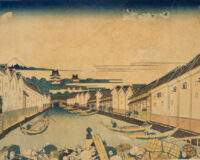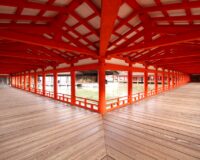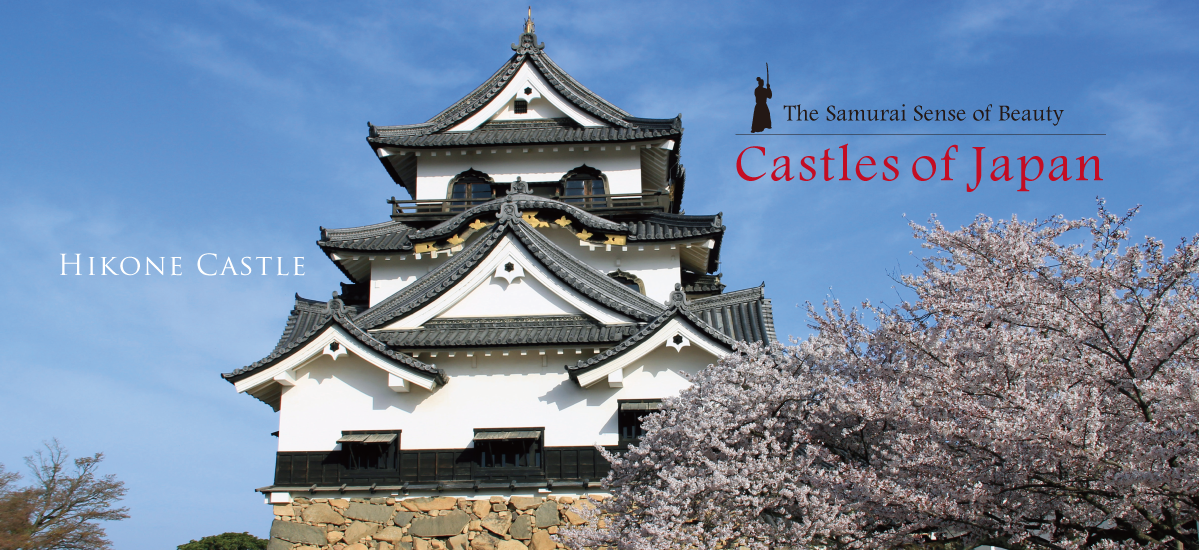
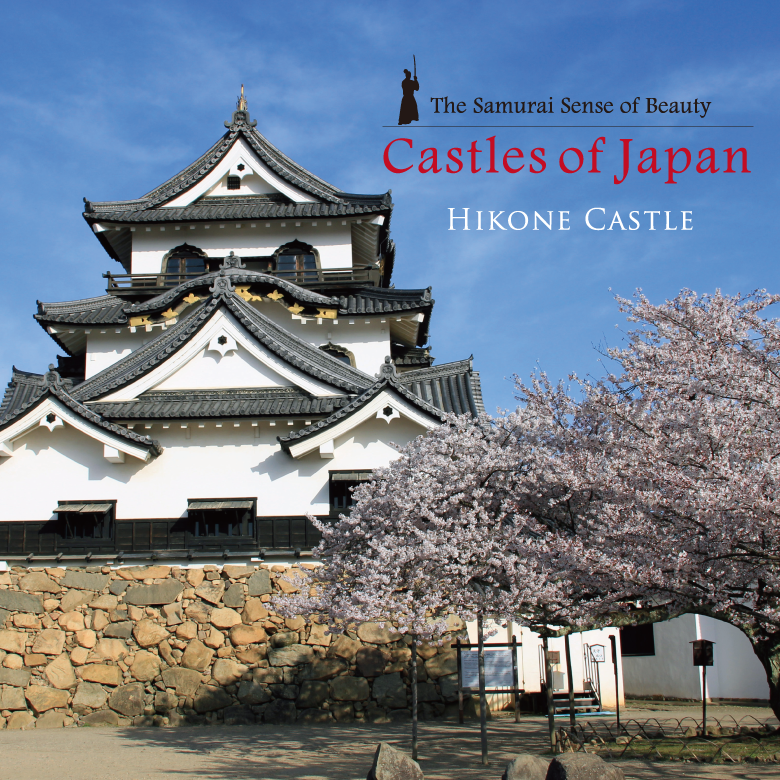
There was a time when tens of thousands of castles stood proudly in Japan. Most of those historical edifices have long since been destroyed, and many that now remain are reconstructions or replicas of what used to be. In the entire country, only twelve castles remain as they were when they were built. The sight of these beautiful original castles strikes a chord in the hearts of all who see them. We visit national treasure Hikone Castle in Shiga Prefecture’s Hikone City.
Text : 中澤浩明 Hiroaki Nakazawa / English Version : Judy Evans
Keyword : National Treasure / Hikone Castle / Edo Period / History / Samurai / Japanese Castles / Shiga Prefecture / Castles of Japan Series

A flatland hill castle in a strategic location
The construction of Hikone Castle was ordered by Ii Naomasa after the Battle of Sekigahara in 1600 that led to the establishment of the 265-year-long Tokugawa Shogunate. Naomasa was one of the Shitennō, the four loyal generals who fought on behalf of Tokugawa Ieyasu, but it was actually his son, Naotsugu, who got the construction started in 1604. The entire project, including the surrounding castle town, is thought to have taken twenty years to complete. During the Edo Period (1603-1868) the eastern side of Lake Biwa was an important strategic military location and the Tokugawa Shogunate decreed that the castle and military base be built here. The daimyō (feudal lords) of the Ii clan presided over Hikone Castle continuously until the early 1870s, after the end of the shogunate.
Hikone Castle is known as a hirayama-jiro, or flatland hill castle. It sits on Hikone-yama, a small hill looking out to Lake Biwa. The moats protecting the castle complex were created by diverting a river that flows past the hill to Lake Biwa. The tenshū (main keep), which was completed in 1607, was reconstructed here from the dismantled remains of the keep at Ōtsu Castle. The main keep consists of three floors within three tiers. The variety of gables on the roofs of the structure lends the castle a tasteful elegance not seen elsewhere.
The castle is one of only twelve castles in Japan that still have their original buildings. In addition to the main keep, structures such as the Taikomon Yagura (Drum Gate Watchtower), Tenbin Yagura (Balance Scale Watchtower), Nishinomaru Sanju Yagura (West Bailey Three-storey Watchtower), Rōka-bashi (Covered Bridge), Sawaguchi-tamon Yagura, which date back to the original construction, are part of the attraction of this castle.
The renowned Genkyūen Gardens below the castle were constructed by fourth generation daimyō, Ii Naooki. No visit to Hikone Castle is complete without a stroll through these restful landscaped gardens. Genkyūen is designed in the kaiyū-shiki teien (promenade garden) style, with a large pond in the centre, a number of islands, and bridges spanning little bays. The view from the gardens looking up back up towards the castle is one of Hikone Castle’s iconic shots.
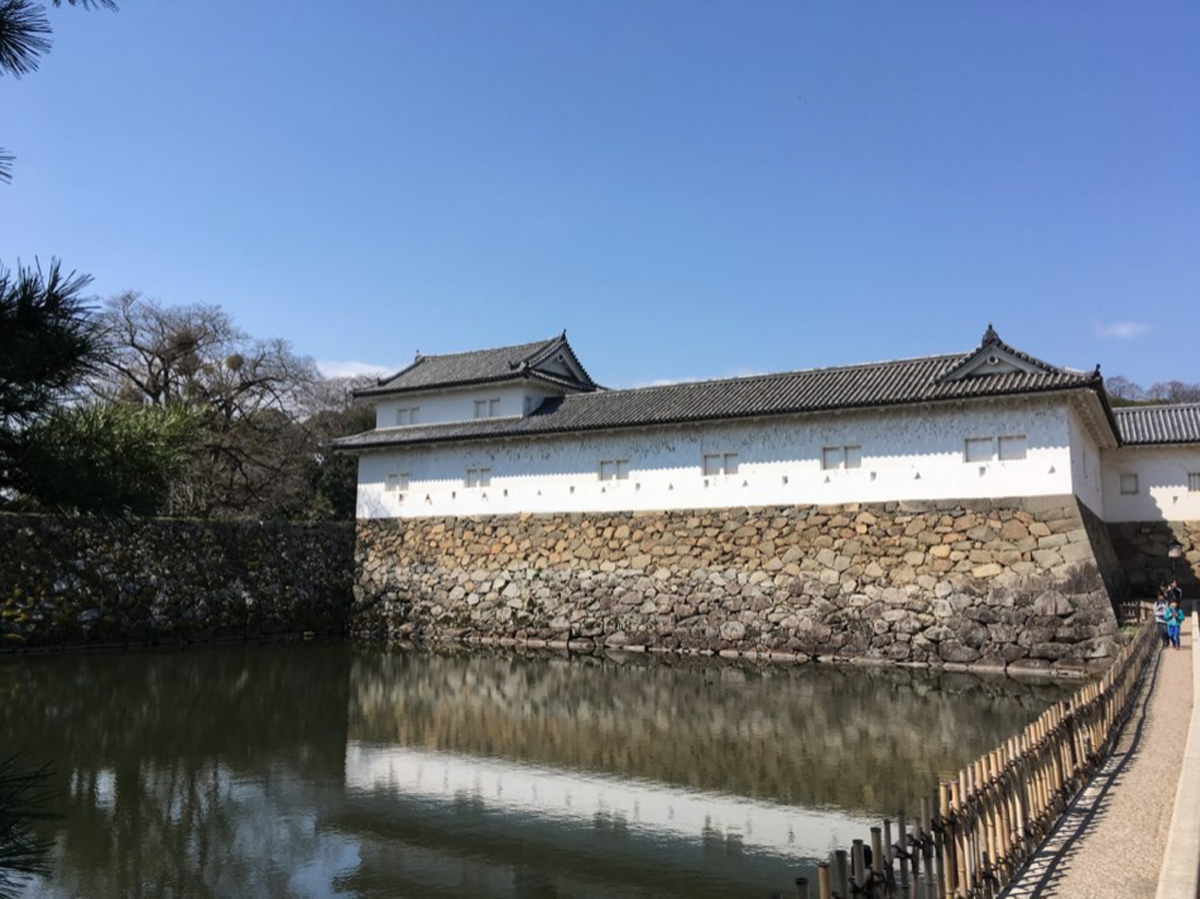
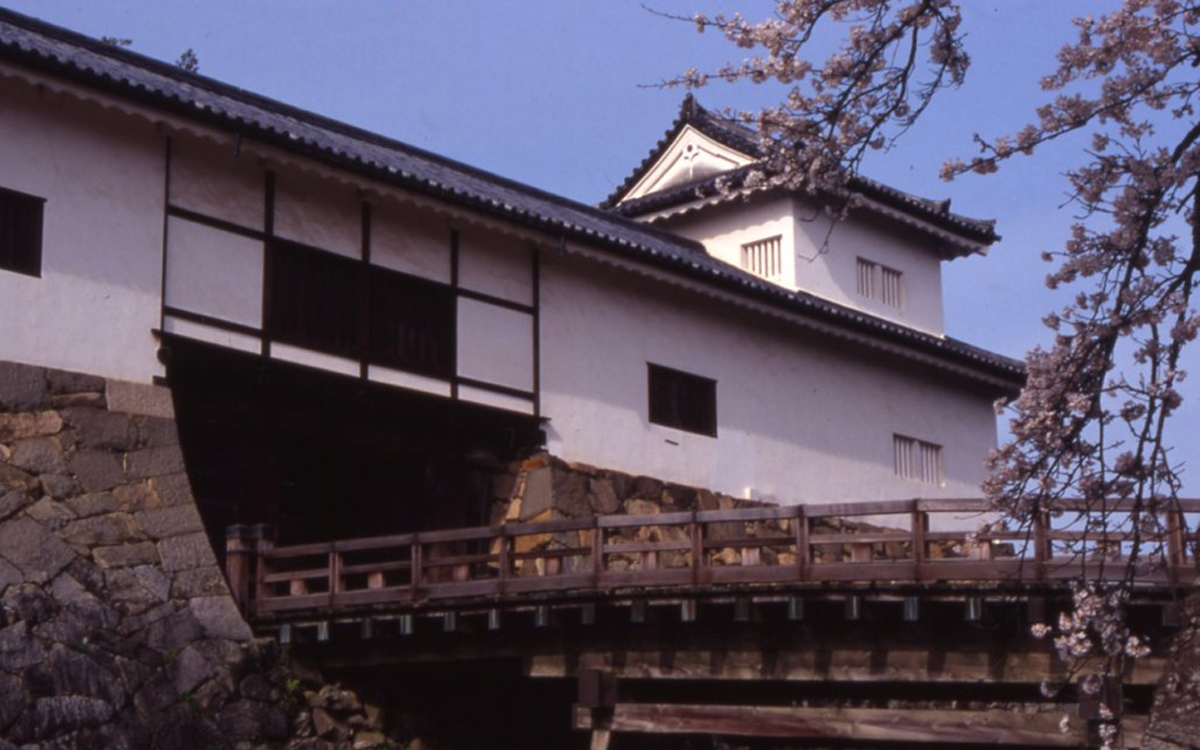
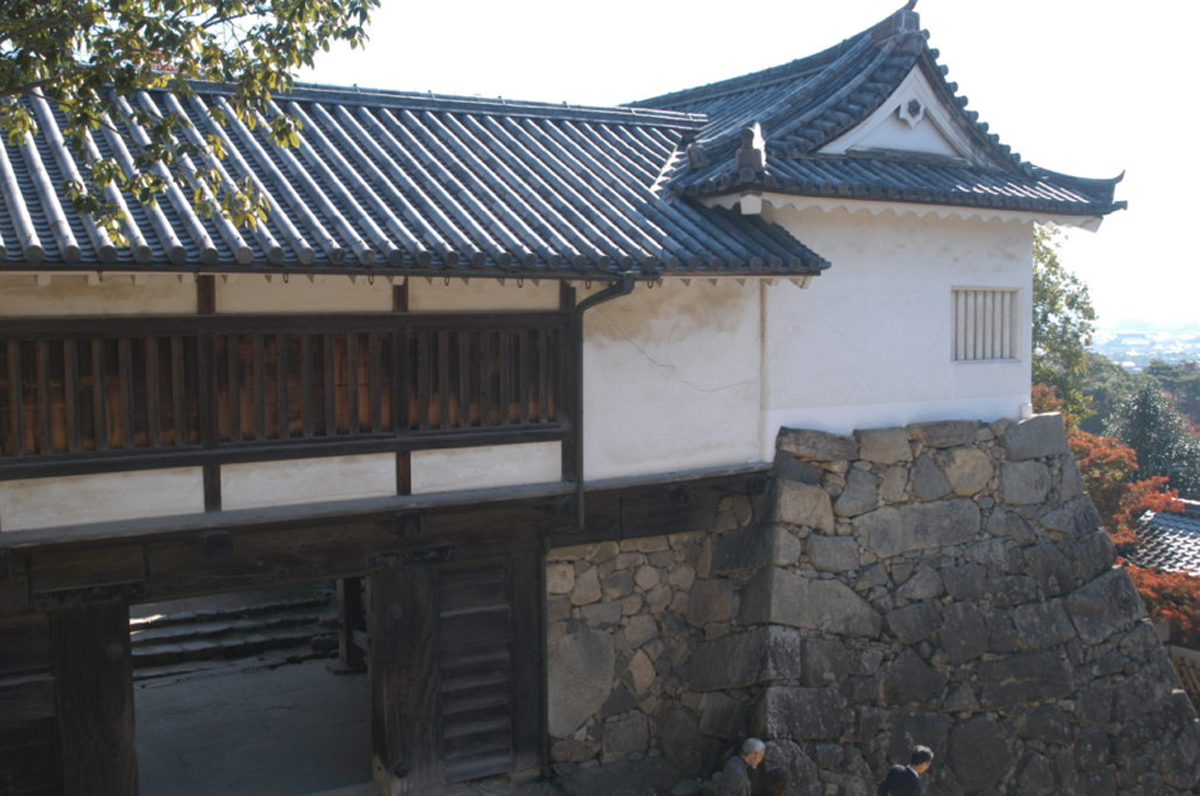
A complex past reflected in a unique appearance.
Much of the Hikone Castle complex was reassembled from parts of other castles in the region that were either ruined or demolished. In addition to the keep from Ōtsu Castle that was rebuilt here, buildings from Nagahama Castle and Odani Castle were also incorporated into the complex. Stones from the remains of Sawayama Castle and Azuchi Castle were used for the foundations and protective walls.
The castle’s complicated origins are revealed in its unique appearance, which reflects the older buildings that were re-purposed in its construction. Rather than using tall columns that extended through the floors from the basement to the top floor as was the custom at the time of building (see, for example, Himeji Castle), each floor of Hikone Castle is constructed using the level beneath it as its base – an older style of Japanese castle design.
Even though the keep is relatively small, its design is complex, incorporating a variety of elements. There are three different styles of gable on the roof: simple triangular kirizuma gables, hip-and-gable style iriomoya gables and rounded karahafu gables. The second and third levels feature bell-shaped katōmado windows, and a small walkway with handrails encircles the top level.

(Photo credits: Hikone Sightseeing Association)
<彦根城> Hikone Castle
Alternative name: Konki-jō (Golden Tortoise Castle)
Date of construction: 1604
Built by: Ii Naotsugu
Castle type: Hirayama-jō (Flatland hill castle)
Main structures: Castle keep, watchtowers, gates, stables
Contact: Hikone Castle Management Office (in Japanese) 0749-22-2742
Access: 15-minute walk from JR Hikone Station
Address: 1-1 Konkichō, Hikone-shi, Shiga-ken 522-0061, Japan
https://visit.hikoneshi.com/en/castle


